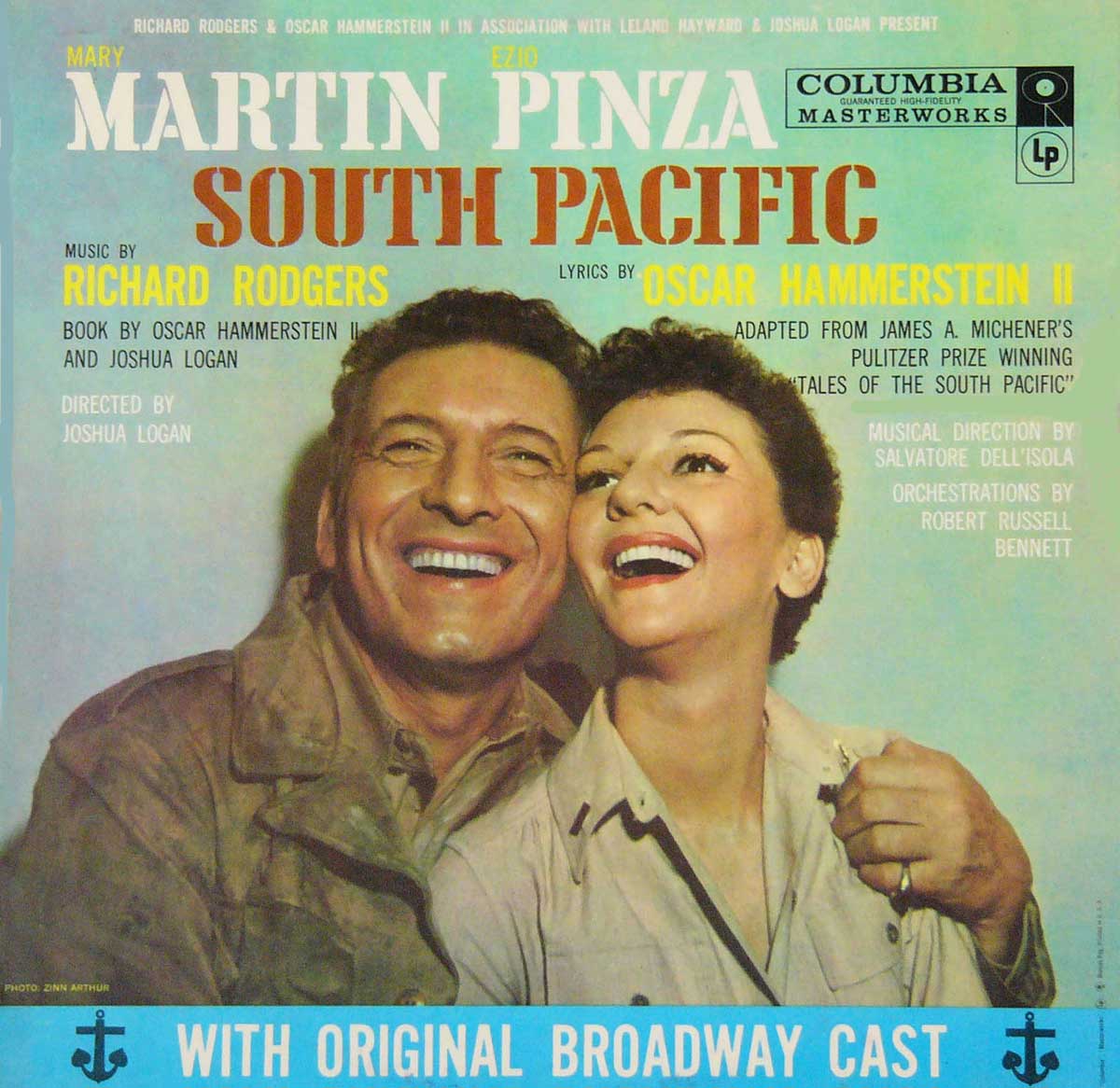June 2024
SMACK DAB IN THE MIDDLE
Say it with music: Collecting Broadway musical cast albums
by Donald-Brian Johnson
“People Will Say We’re In Love”. . . “76 Trombones”. . . “Tomorrow”. . .
“The Impossible Dream”. . . “I Could Have Danced All Night”. . .
You may never have seen a Broadway musical in your life. You may have a tin ear. A voice like a frog. But, there’s no denying it: you know these songs. You know them because, for decades, showstoppers like these were what popular music was all about.
Nowadays, we call them “the standards.” They were popularized by big bands, belted out on the radio, and given the Hollywood treatment. For entertainers, Broadway was an inexhaustible gold mine. Performers gave their unique “takes” on show tunes, and we happily listened to the results. On records.
Until CDs and other digital storage media made them passé, records ruled. If you wanted to hear the latest hit song, there was no downloading. You bought the record, and switched on the hi-fi. And, if you wanted to hear the latest Broadway hit song, “just as performed on the New York stage,” you bought the “original cast album.”
The earliest cast albums were recorded in England (1928’s Show Boat was one of the first). Until the introduction of the LP (“long play”) record in 1948, recording a show was an unwieldy process. A 78-rpm disc held approximately 4-1/2 minutes of music per side. Recording a show’s entire score required many more 78s than could be packaged in a set. Less notable songs went unrecorded (or unreleased). And, while leading performers were usually called upon to repeat their stage successes, the chorus and orchestra were often studio musicians.
In 1943, Decca released the first recording that could truly be billed as featuring the “original Broadway cast”: Rodgers and Hammerstein’s Oklahoma! The leads were the Broadway originals — but so were the chorus, the orchestra, and even the conductor. Issued as a set of 78s, Oklahoma! sold over one million copies.
The debut of the LP, with a playing time of 40-50 minutes, meant that more of a show’s score could be preserved, in approximately correct running order — all on one disc. There were the hits, such as West Side Story, South Pacific, and My Fair Lady; the semi-hits, such as 1960’s Wildcat, (its main selling point: TV’s “Lucy,” Lucille Ball, croaking her way through “Hey, Look Me Over”); and lots and lots of no-hits-at-all, such as a musicalization of Gone With The Wind, complete with an onstage burning of Atlanta.
Scores of movie musicals were also recorded, but there’s an important distinction. A movie recording is a soundtrack, its selections taken from pre-recorded tracks. “Original cast” albums refer to recordings made of a stage presentation. An “original Broadway cast album” means that the show played on the Great White Way, with substantially the same personnel. A “studio cast” recording indicates performers have simply been contracted for the recording session.

South Pacific album cover
The Rodgers and Hammerstein hit South Pacific, in an elaborately packaged reissue of the 1949 original Broadway cast album. Columbia. (Image courtesy of the author.)
When the CD made its appearance in the 1980s, musical fans were overjoyed. Approximately 80 minutes of a show’s score, (even more on double-disc sets), could now be immortalized. Dialogue intros, instrumental breaks, and even “cut” numbers created a comprehensive theatrical experience. There were also re-issues of shows originally released on 78s, (with missing numbers restored), plus re-issues of older, lesser-known productions, previously available only on hard-to-find, pricey, LPs.
Thanks to today’s proliferation of digital music sources, prices of original cast LPs have dropped drastically. Even the rarest rarely top $100, and most can be acquired for considerably less than $20 on eBay; new musical CDs average $15-20.
For the adventurous album collector, however, the most fun to be had is at garage sales, where beckoning record stacks await. Sooner or later, you’re bound to happen upon a forgotten “find” lurking amongst all those Sound of Music albums. And if it’s that short-lived debacle Dracula: The Musical, be sure and let me know. I’ve been looking for that one for years!

